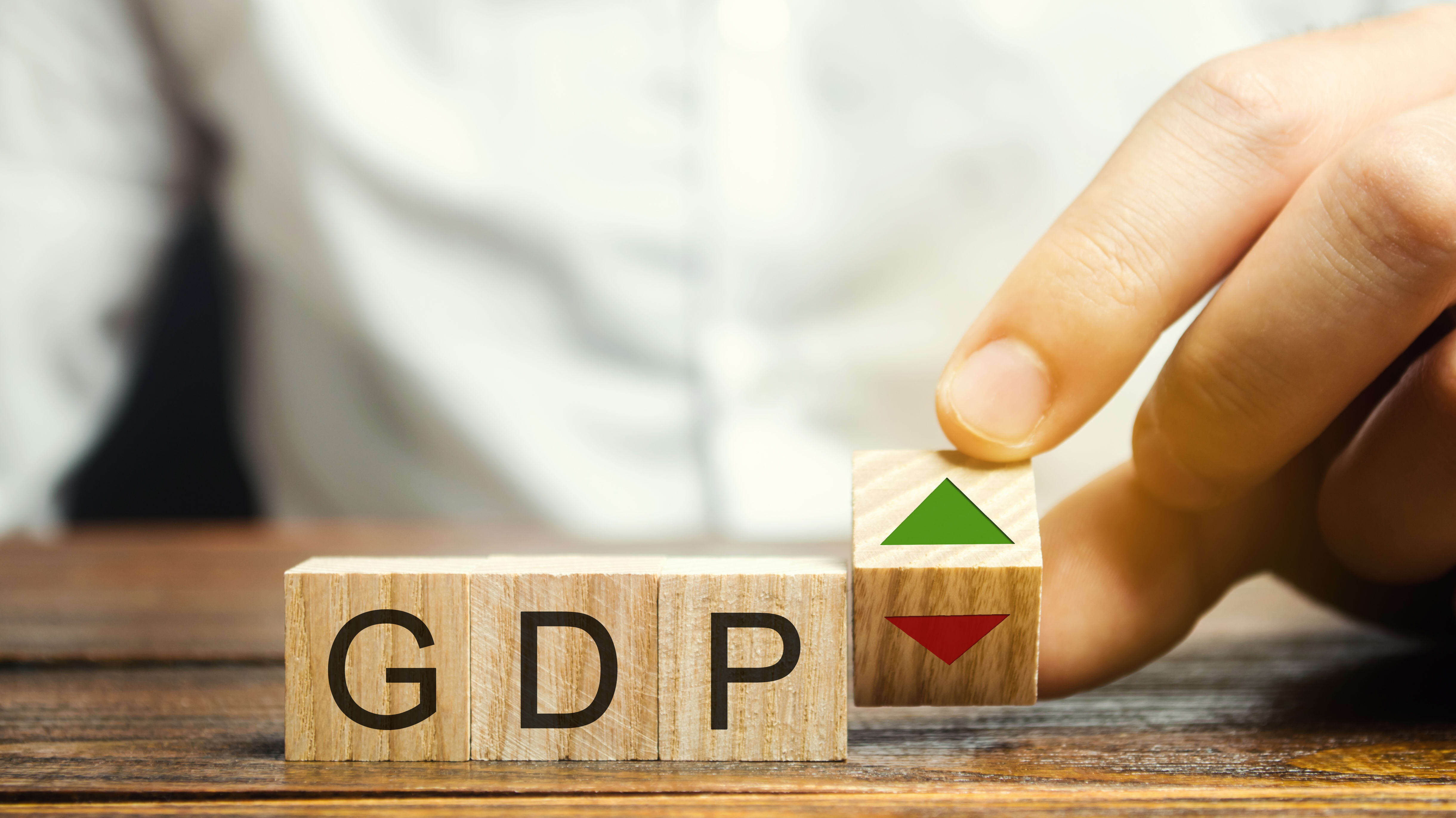Far from enough

As per the National Statistical Office, India's Gross Domestic Product (GDP) grew at 13.5 per cent in the first quarter of 2022-23 (April-June period) and Gross Value Added (GVA) rose by 12.7 per cent. Last year, during the same quarter, GDP and GVA growth stood at 20.1 per cent and 18.1 per cent, respectively. The Reserve Bank of India (RBI) had, earlier this month, projected the headline GDP growth to stand at 7.2 per cent — with quarterly figures breaking down to 16.2 per cent (Q1), 6.2 per cent (Q2), 4.1 per cent (Q3) and 4 per cent (Q4). The significant deviation in Q1 growth figures from RBI's projection is a clear indication that India might miss the headline GDP target of 7.2 per cent for the current fiscal. Interestingly, India's Finance Secretary TV Somanathan has still maintained that the Indian economy is right on the track towards achieving over 7 per cent growth in the current fiscal. Somanathan placed trust in the government's commitment towards maintaining fiscal prudence. It is, however, unclear what path will India adopt to maintain fiscal discipline amid import inconsistencies. To an extent, there is unanimity among economic experts that the 13.5 per cent GDP growth in Q1 is far from enough. A large part of this growth appears to be incumbent upon base effect. The growth figure may seem large, but it isn't in practice. It looks bigger because it is a comparative measure against abysmal growth figures during the pandemic years. This is reflected from the fact that the GDP uptick is merely 3.8 per cent above the pre-Covid levels. As the economy normalises post the pandemic, the base effect will keep fading away, and GDP growth figures will come down. The RBI's projection of 16.2 per cent growth was perhaps based on the assumption of positive effects accruing to reopening of the economy. This aspect materialised into growth, but not to the desired extent. Q1 growth was largely driven by two factors — rise in private consumption and capital formation. While there was some moderation in government final consumption expenditure, private consumption expenditure went up to 59.9 per cent — as against 54 per cent in the first quarter of the previous fiscal. The rise in private consumption was an expected outcome, given the lifting of restrictions and opening of the economy. Better government expenditure could have added to the improvement. India's GDP growth in the first quarter can also be termed as unbalanced in a sense that manufacturing, mining and agriculture contributed only marginally to the overall growth percentage. Manufacturing sector, in particular, requires some extra emphasis at this point in time, as it is a major job provider and could add to consumption figures, directly and indirectly. The boost in capital formation is indeed a positive sign for investors, and so for the overall good of the economy. The Gross Fixed Capital Formation (GFCF) has improved from 32.8 per cent in the first quarter of last fiscal to 34.7 per cent in the current fiscal. Capital formation is the need of the hour as investors are pulling away from the Indian market amid global tightening of monetary policies, especially by the US Fed. Given the prevailing global energy crisis on account of the Russia-Ukraine war, unwavering inflationary trends, and monetary policy tightening, India's growth outlook remains restricted. In the best possible scenario, if the RBI's projections for remaining quarters are turned into reality, the GDP growth may still struggle to touch the 7 per cent mark. Going forward, irrespective of unavoidable constraints, policymakers need to build further on capital formation, and focus on core sectors including agriculture and manufacturing. On the part of the government, increased expenditure and fiscal prudence will be welcome things. There is also perhaps a need to keep a look on balance between exports and imports.



